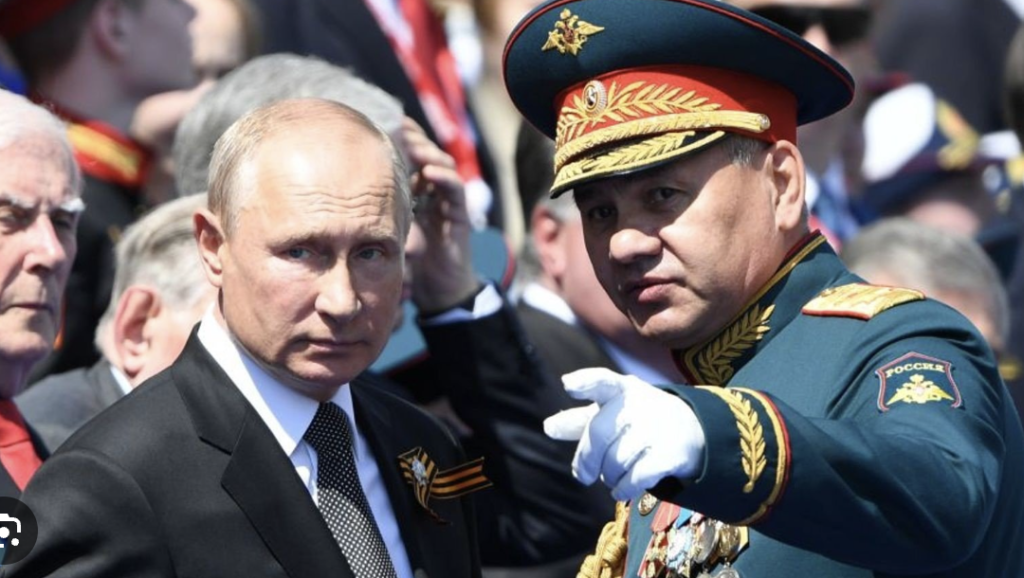The Kremlin has taken a significant step in redefining its military strategy with President Vladimir Putin’s recent enactment of new constraints on long-range missile deployment. This decision could have far-reaching implications for global security and military balance.
The New Constraints: An Overview
Amid growing international tensions, President Putin signed a decree to limit the deployment of long-range missiles. The constraints are designed to modernize Russia’s military while addressing geopolitical concerns. The new regulations primarily target:
- Deployment Zones: New geographical limitations have been set, restricting missile deployment to specific regions within Russia.
- Missile Types: Constraints are imposed on the types of long-range missiles that can be deployed, focusing on limiting offensive capabilities.
- Operational Periods: The decree outlines defined operational periods during which the missiles can be activated, thus reducing continuous readiness.
These measures reflect Russia’s attempt to navigate the complex landscape of international relations while maintaining a strong defensive stance.
Strategic Implications for Global Security
The international community has been abuzz with reactions to Russia’s new military constraints. Experts suggest that these moves could be a strategic ploy by Moscow to assert itself as a responsible global power, willing to take steps towards arms control in a period of heightened global tension.
The United States’ Response
The initial response from Washington has been cautiously optimistic. U.S. defense officials noted that while Russia’s new constraints on missile deployment are a positive move, they must be complemented by verifiable actions and transparency. Washington has urged Moscow to engage in more comprehensive arms control dialogues to ensure mutual security.
European Reactions
European Union officials have also welcomed the news but remain skeptical. There are concerns over the practical implementation and verification of these constraints. Germany and France, in particular, have called for further discussions and inspections to build trust and ensure compliance.
Putin’s Motivations: A Diplomatic Balancing Act
President Putin’s decision appears to be driven by several key factors, each playing a crucial role in shaping Russia’s current military doctrine.
- Domestic Stability: By introducing these constraints, Putin aims to demonstrate to his domestic audience that his administration is committed to national security without engaging in reckless military expansion.
- Economic Pressures: Russia’s economy has been under strain due to various factors, including global sanctions. Limiting costly military expenditures through these new constraints can help allocate resources more effectively.
- International Pressure: As tensions with NATO and other Western allies continue to simmer, Putin’s move could be seen as an olive branch, signaling a willingness to reduce the immediate threat of military conflict.

Technological and Tactical Shifts
The new constraints will likely drive technological and tactical changes within the Russian military. Experts predict a renewed focus on:
- Short-Range Ballistic Missiles: With long-range missiles under tight regulations, Russia might increase its arsenal of short-range ballistic missiles to maintain strategic advantages.
- Unmanned Aerial Vehicles (UAVs): Drones and other unmanned systems could become more prominent, offering surveillance and tactical capabilities without breaching the new constraints.
- Cyber Warfare: As physical deployments are restricted, Russia might bolster its cyber warfare capabilities to target critical infrastructure and communication networks of potential adversaries.
An Optimistic Outlook
Despite the numerous complexities surrounding this development, there is room for cautious optimism. If implemented transparently and verifiably, these new constraints could serve as a foundation for broader arms control agreements. Both regional and global powers stand to benefit from reduced military tensions and an increased emphasis on dialogue and cooperation.
Moreover, this move could encourage other nations to adopt similar measures, leading to a domino effect that promotes international peace and stability. In a world teetering on the brink of geopolitical crises, such initiatives are a welcome breath of fresh air.
In conclusion, while the recent constraints on long-range missile deployment introduced by President Vladimir Putin raise numerous questions and challenges, they are a step in the right direction. As we look to the future, the potential for a more stable and secure global environment shines brightly, driven by responsible actions and constructive diplomacy.